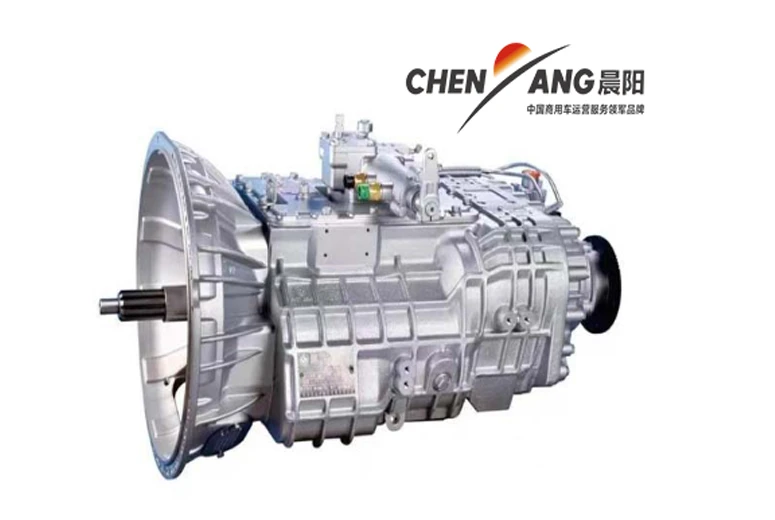Crane Types and Their Applications in Modern Construction Projects
Crane Construction Equipment A Pillar of Modern Construction
Crane construction equipment has revolutionized the way we approach building and infrastructure development. For centuries, the need to lift, move, and position heavy materials has driven innovations in crane technology. Today, cranes are indispensable on construction sites, playing an essential role in the safe and efficient completion of projects around the globe.
The Evolution of Crane Technology
The story of cranes dates back to ancient Greece, where the first rudimentary cranes were powered by human strength or animals. As technology evolved, so did crane designs. The introduction of steam power in the 19th century marked a significant turning point. Steam cranes could lift heavier loads and operated more efficiently than their predecessors.
By the early 20th century, electric and internal combustion engines began to replace steam power, leading to the development of mobile cranes. This innovation allowed cranes to be easily transported to various construction sites, creating new possibilities in building techniques and logistics.
Types of Cranes and Their Uses
Today, there are several types of cranes, each designed for specific tasks and environments. Some of the most common types include
1. Tower Cranes Tower cranes are a staple in high-rise construction. They provide significant lifting power and can extend to great heights. The rotating boom allows them to cover large areas, making them ideal for urban developments, where space is limited.
2. Mobile Cranes As the name suggests, mobile cranes can move easily from one location to another. They are versatile machines equipped with a telescoping boom that can retract and extend as needed. Commonly used for various construction tasks, mobile cranes can navigate rough terrains, making them invaluable in diverse job sites.
3. Crawler Cranes These cranes are designed with tracks instead of wheels, allowing them to operate on uneven ground. Their stability makes them particularly suitable for heavy lifting in remote areas or on construction sites with challenging terrain.
crane construction equipment

4. Loader Cranes Often mounted on trucks, loader cranes facilitate the loading and unloading of materials. They are particularly useful for logistics and transport, as they can reach over obstacles and efficiently handle heavy equipment or materials.
5. Floating Cranes Used primarily for marine construction projects, floating cranes operate on water and can lift heavy loads onto barges or directly onto shores. They are critical in constructing bridges, docks, and offshore platforms.
The Role of Cranes in Safety and Efficiency
Cranes not only enhance the efficiency of construction processes but also significantly contribute to safety on the job site. Any construction project that involves lifting heavy materials poses inherent risks. The use of cranes minimizes manual handling, reducing the risk of injury to workers. Advanced safety features like anti-collision systems, load moment indicators, and emergency shut-off controls are integral to modern crane design.
Moreover, cranes enable crews to complete tasks more quickly and precisely. This efficiency not only helps in adhering to project timelines but also reduces labor costs. The ability to lift and position materials accurately means fewer mistakes and reworks, thereby streamlining the construction process.
Future Trends in Crane Technology
As technology continues to advance, the future of crane equipment looks promising. Innovations in automation, such as remote control and robotics, are making cranes easier to operate and safer. The integration of smart technology allows for real-time monitoring of load weights and environmental conditions, enhancing operational efficiency and safety.
Sustainability is also becoming a priority in the crane industry. Manufacturers are developing cranes that minimize fuel consumption and reduce emissions, aligning with the global push towards greener construction practices.
Conclusion
Cranes are the backbone of modern construction, enabling the ambitious architectural feats we see today. From towering skyscrapers to intricate bridges, cranes make it possible to lift the heaviest loads with precision and safety. As technology advances, cranes will continue to evolve, shaping the future of construction and infrastructure development. The importance of cranes in our construction endeavors cannot be overstated; they are not just machines but key facilitators of progress in our built environment.
-
SINOTRUK HOWO 84 Electric Dump Truck for Eco-Friendly Heavy HaulingNewsJul.26,2025
-
The Fast 16-Gear Manual Transmission Assembly for Heavy TrucksNewsJul.25,2025
-
Mercedes Benz Actros 1848 42 Tractor Truck for Sale - Reliable PerformanceNewsJul.24,2025
-
High-Quality Water Pump Assembly for Sinotruk Trucks – Durable & ReliableNewsJul.23,2025
-
Premium Truck Engine Antifreeze Coolant Fluid for Heavy Duty VehiclesNewsJul.22,2025
-
FOTON View G7 Mini Bus: Affordable & Spacious TransportNewsJul.22,2025
Popular products

























